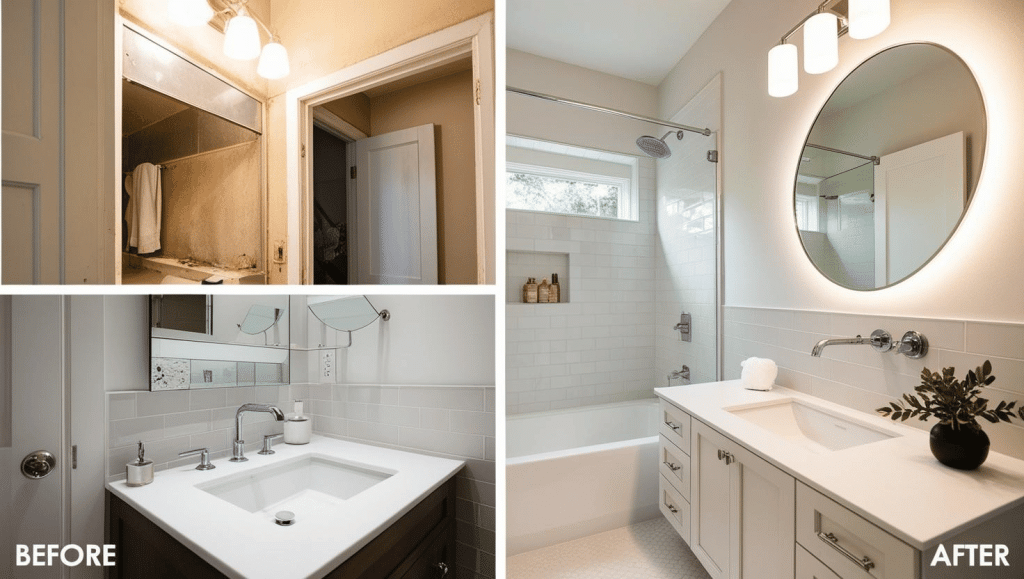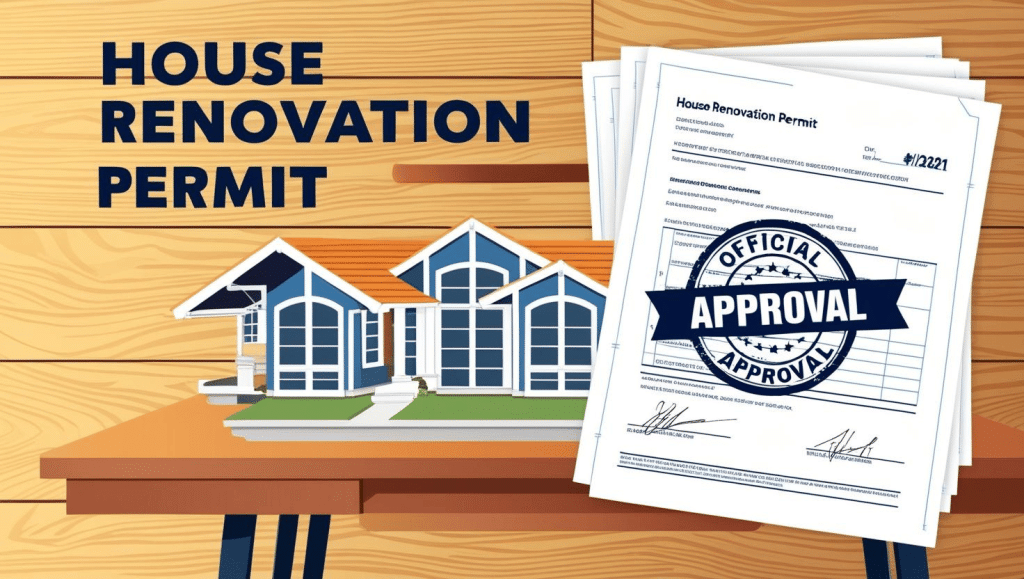When remodeling a bathroom, it’s crucial to make sure the job is carried out properly and up to code. However, one of the most common things when planning to renovate a bathroom is whether a permit is required or not. The answer to this question will be determined by the project size, local laws, and the owner’s experience with the do-it-yourself approach. In this article, we will outline different aspects concerning the bathroom renovation permits and supply you with all the necessary information you may need to make a proper decision.
Is a Permit Required to Remodel a Bath?
A bathroom renovation permit is usually needed if the remodeling work is carried out with structural changes, electrical and plumbing system alterations, or when the value of the project exceeds a specific amount. The local building authority establishes certain requirements; therefore, it is advisable to contact your local planning or building department.
Why Do You Need a Permit?
A permit is important while you redo the whole project from the start and to conform with the law on construction allowances. Permits also safeguard the interest of the homeowner by giving you somewhere to turn in case something goes wrong during the remodeling. Moreover, you get a permit as proof that the job was well done, which may come in handy if you ever desire to sell your house.
Defining the Parameters of Your Work

Some of the areas where you increase your chances of needing a permit involve the extent of the bathroom renovation.
Some examples of projects that typically require a permit include:
1. Relocating the position of the bathroom
2. Changing the floor level, either by increasing or decreasing it
3. Any addition or subtraction of walls, placing of windows or doors, or changing of their positions
4. Changing the general structure of the bathroom
5. Replacing or moving any part of a wiring or piping system within a building, including any fixture that is connected to this system
6. Demolition of some walls to accommodate for load-bearing ones or construction of a second story
7. Modifying the face of the house
8. Closed traded equipment co-construction or extending and rebuilding a washroom that provides for particular accessibility conformity
A lot of preparation should go into your bathroom remodeling, so it’s necessary to determine from your local building authority whether you need a permit to undertake your work.
Local Requirements
Other local requirements necessary for permit acquisition may not be uniform, as they differ depending on the locality. Certain laws may be more stringently enforced in one area than in another, so it is important to find out which is the case in your local area. Normally, you are required to provide sketches and a comprehensive description of your intended restoration and improvements. The nature of work being done dictates what these are, whether rough drawings, detailed plans or illustrations, or actual models.
In a scenario where you are dealing with a professional contractor, such a contractor will undertake the process of applying for the permit on your behalf. However, if you are a homeowner planning to undertake a project (even DIY), it is advisable to overview the regulations governing permits and their submission dates.
Factors Leading to the Necessity to Obtain a Permit

As for the need for the permit, the matter is not so clear cut. Some factors (such as home age, job size, and code for a given area) can influence the decision.
Here are a few examples:
1. Some old houses may need permits for more serious work because of old electric lighting, water supply, and structure.
2. Some cosmetic enhancements that may not call for a permit include simple swapping of bulbs of a different power rating and painting, among others. However, this can also vary across regions depending on the legal policies in those regions.
3. Some localities may still have special permits for adding a new room or making alterations to a historic structure.
Because of these variables, it is recommended that you talk to the local building department to find out whether a permit for the particular job will be required.
Application For a Permit
In most cases, after deciding that a permit is required, an application must be filed at the local building department. Depending on your geographic location, the steps may differ; however, most of the time, the application will entail the submittal of comprehensive details and specifications of the project. You may also be charged a fee depending on the amount of work required, especially when doing any major construction.
Once the completed form is forwarded, an inspector will analyze the plans and may ask for more information or ask for changes to be made. Once it is approved, can you get your permit and start the work on the renovation process.
Tips for Obtaining a Permit
1. Take time while developing your plans, especially that portraying your intended renovation work.
2. You may want to call your local building department ahead of time since there might be an issue or hindrance.
3. When hiring a contractor, the individual/contractor should understand the requirements as far as permits for your locality are concerned.
4. Keep photocopies of all the documents and correspondence that you submit each step of the way to the permit application process.


